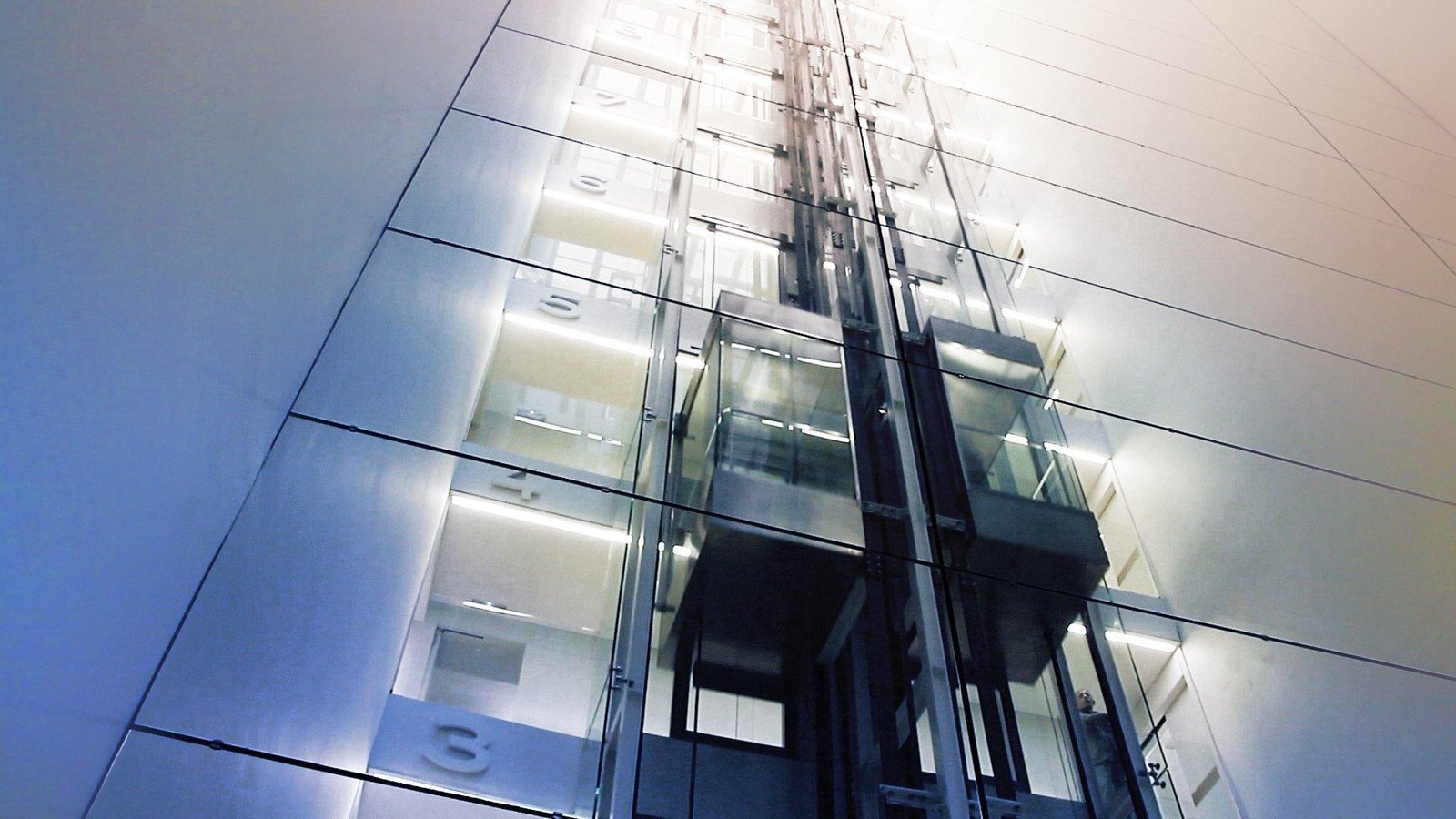-
NEUIGKEITEN
- EXPLORE
-
Blogs
Ropeless Elevator Market Insights: Understanding the Shifts, Barriers, and Strategic Moves

The ropeless elevator market is undergoing significant transformation, driven by innovations in technology, shifts in urban planning, and changing consumer expectations. Traditional elevators, reliant on cables and pulleys, have dominated the industry for decades. However, as cities grow taller and more complex, ropeless elevators, which leverage magnetic and linear motor technologies, are emerging as a game-changer. This article explores the shifts occurring within this market, the barriers hindering its full-scale adoption, and the strategic moves key players are making to capitalize on this evolving technology.
Shifts in the Ropeless Elevator Market
One of the most significant changes in the ropeless elevator market is the transition toward multi-directional travel. Unlike traditional elevators, which move only vertically, ropeless elevators can travel horizontally as well, opening up new possibilities for building design. This versatility allows for more flexible and space-efficient layouts in skyscrapers, mixed-use developments, and even underground structures. For instance, the MULTI elevator system by Thyssenkrupp, one of the leaders in ropeless elevator technology, has revolutionized the way vertical transportation is envisioned, providing seamless movement through building floors without the constraints of cables.
Another notable shift is the growing demand for energy efficiency and sustainability in the construction and real estate sectors. Ropeless elevators are inherently more energy-efficient than their traditional counterparts, as they use magnetic propulsion systems that reduce friction and wear, leading to lower energy consumption and reduced maintenance costs. As sustainability becomes a key focus for both governments and developers, ropeless elevators are poised to be a central part of green building initiatives and energy-efficient design.
Barriers to Market Adoption
Despite the clear advantages, several barriers stand in the way of the widespread adoption of ropeless elevators. The primary challenge is cost. While ropeless elevator technology promises long-term savings, the initial installation and development costs are significantly higher than those of traditional elevators. This price disparity can deter developers, especially for mid-tier projects or in regions with less regulatory focus on energy efficiency.
Additionally, regulatory approval remains a complex hurdle. Building codes in many parts of the world were developed with traditional elevator systems in mind, and there is a lag in adapting these codes to accommodate new technologies like ropeless elevators. Securing the necessary certifications and approvals can delay the introduction of these systems into the market.
Another challenge is consumer awareness and trust. While the technology behind ropeless elevators is proven, many consumers and industry stakeholders are still unfamiliar with the concept, and there is hesitation regarding the long-term performance of these systems. Educating potential customers on the benefits of ropeless elevators and proving their reliability in real-world applications is crucial for market penetration.
Strategic Moves by Industry Leaders
To address these challenges, key players in the elevator industry are making strategic moves to accelerate the adoption of ropeless elevator technology. Companies like Thyssenkrupp, Otis, and Schindler are focusing on research and development to refine the technology and bring down production costs. Collaborations with architects and building designers are also key, as these partnerships help create projects that demonstrate the benefits of ropeless elevators in action.
Moreover, elevator manufacturers are expanding their global presence by working closely with local authorities to ensure that new systems meet regulatory standards. These collaborations are critical for overcoming the approval barriers that hinder market expansion.
Furthermore, public relations and marketing campaigns are being launched to increase consumer confidence in the technology. Demonstrations, pilot projects, and case studies highlighting the successes of ropeless elevator installations are proving essential in driving adoption, particularly in high-profile buildings like the Vertical City projects in Asia and Europe.
Conclusion
The ropeless elevator market is on the verge of a revolution, marked by technological advancements, sustainability initiatives, and changing urban landscapes. While challenges such as high initial costs and regulatory obstacles remain, the strategic moves being made by industry leaders are laying the groundwork for a more efficient and dynamic future in vertical transportation. As awareness increases and technology continues to mature, ropeless elevators will likely become a mainstream feature in the skylines of tomorrow.






